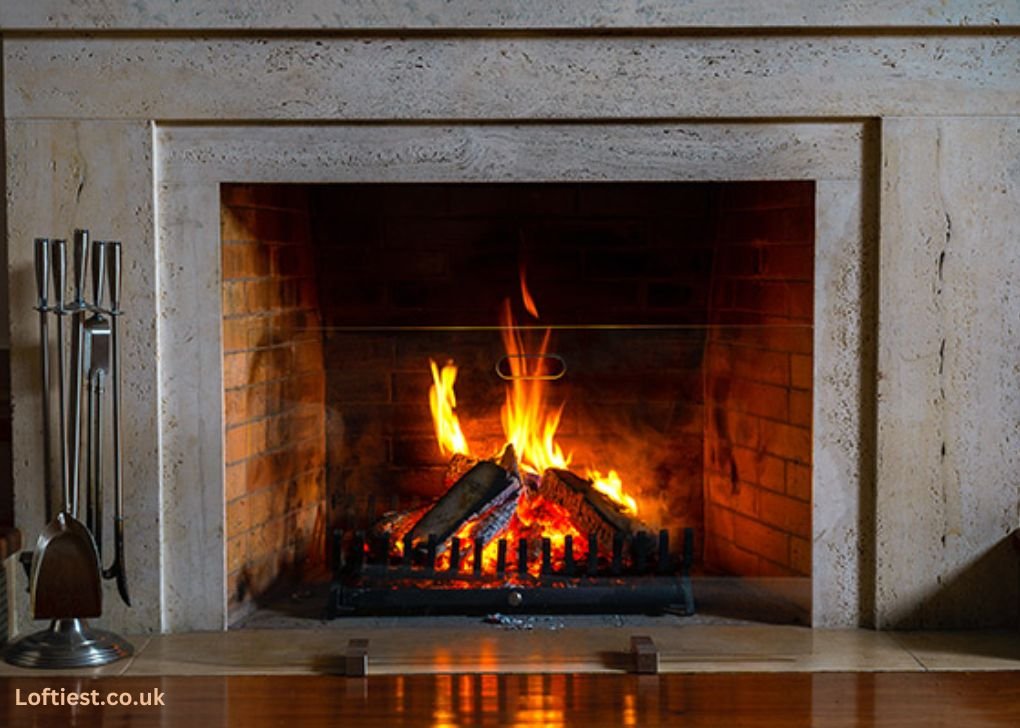A fireplace is often the centerpiece of a living room or bedroom, providing warmth and a cozy atmosphere. However, to ensure that your fireplace works efficiently and safely, it is crucial to have a properly built firebox. The fireboz is the interior of the fireplace that holds fire, and building one requires some knowledge and preparation. In this blog, we will guide you through the process of building a firebox for a fireplace.
What is a Firebox?
The firebox is part of the fireplace where the fire is contained. It is made up of firebricks and refractory mortar, which are heat-resistant materials that can withstand high temperatures without cracking or breaking. The size of the fire box stove depends on the size of the fireplace and the type of fuel you intend to burn. A larger fireboz will hold more wood and generate more heat, while a smaller one will be more efficient and easier to maintain.
Materials Required for Building a Firebox
To build a firebox, you will need the following materials:
- Firebricks: These are special bricks that are designed to withstand high temperatures. They come in various sizes and shapes, and you will need to choose the ones that are appropriate for your firebox stove size.
- Refractory Mortar: This is a special type of mortar that is used to hold the firebricks together. It can endure high temperatures and is heat-resistant.
- Metal Angle Iron: This is used to support the lintel, which is a beam that sits on top of the firebox opening and supports the weight of the masonry above it.
- Metal Lath: This is a mesh-like material that is used to reinforce the mortar and provide a surface for the stucco or other finish.
- Stucco or Other Finish: This is the final layer that covers the firebox stove and gives it a finished look.
Steps to Build a Firebox for a Fireplace
Step 1: Choose the Location and Size of the Firebox
The first step in building a fire box is to choose the location and size of the firebix. The size of the firebox will depend on the size of the fireplace and the type of fuel you plan to burn. If you have a large fireplace and plan to burn wood, you will need a larger firebox. If you have a smaller fireplace or plan to burn gas, a smaller firebix will suffice.
Step 2: Create a Plan and Blueprint
Once you have chosen the location and size of the fire box, you should create a plan and blueprint for the firebox. This should include the dimensions of the fire box stove, the location of the lintel, and the size and location of the flue. You can use software programs or consult with a professional to create an accurate plan.
Step 3: Prepare the Fireplace Opening
The next step is to prepare the opening for the fire box. This involves removing any existing bricks or stones and cleaning the area. You should also make sure that the opening is level and square.
Step 4: Install the Lintel
The lintel is a beam that sits on top of the fireboz opening and supports the weight of the masonry above it. To install the lintel, you will need to cut a piece of metal angle iron to the size of the opening and secure it in place with masonry anchors. The lintel should be level and flush with the front of the fireplace.
Step 5: Build the Firebox Walls
Now that the lintel is in place, you can begin building the walls of the firebix. Use firebricks and refractory mortar to build the walls to the height and width specified in your plan. You should use a level and plumb line to ensure that the walls are straight and level.
Step 6: Install the Firebox Damper
The damper is a metal plate that sits inside the flue and controls the amount of air that enters the fire box. It is important to install a damper to prevent heat loss and improve efficiency. To install the damper, you will need to attach it to a metal rod that runs through the flue and can be operated from the outside of the fireplace.
Step 7: Reinforce the Walls
Once the fireboz walls are built, you should reinforce them with metal laths. This will help to strengthen the mortar and provide a surface for the stucco or other finish. Cut the lath to the size of the walls and attach it with screws or staples.
Step 8: Apply the Finish
The final step is to apply the finish to the fire box. Stucco is a popular choice because it is fire-resistant and can be tinted to match the decor of the room. Other finishes, such as tile or stone, can also be used. Apply the finish according to the manufacturer’s instructions, and allow it to dry completely before using the fireplace.
Tips for Building a Firebox
- Use high-quality firebricks and refractory mortar to ensure that the firebox is safe and efficient.
- Install a damper to improve efficiency and prevent heat loss.
- Reinforce the firebix walls with a metal lath to strengthen the mortar and provide a surface for the finish.
- Choose a finish that is fire-resistant and complements the decor of the room.
- Consult with a professional if you are unsure about any aspect of the building process.
Conclusion
Building a firebox for a fireplace is an important task that requires some knowledge and preparation. By following the steps outlined in this article and using high-quality materials, you can create a firebix that is safe, efficient, and aesthetically pleasing. Remember to consult with a professional if you are unsure about any aspect of the building process, and enjoy the warmth and coziness that your fireplace will bring to your home.

